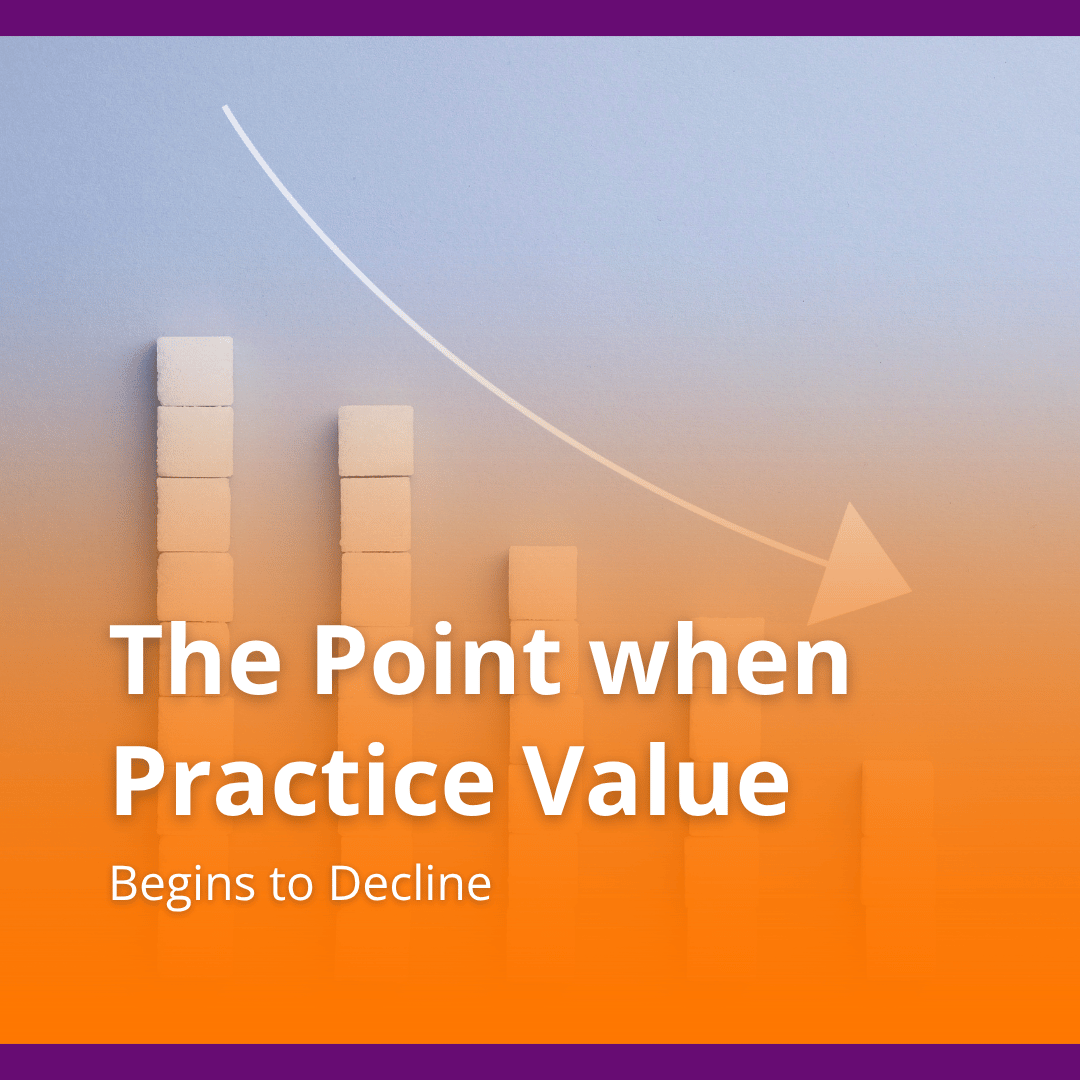Thinking of Selling Your Business? Document Your Operations First
Running a business means knowing every moving part. But to a buyer, that knowledge means nothing if it isn’t documented. And that’s a...
Comprehensive, data-driven valuations and comparative equity analyses to accurately price your practice, establish market benchmarks, and support informed decision-making.
Comprehensive M&A guidance encompassing deal structuring, negotiation strategies, market listings, and transaction closings.
Comprehensive systems, targeted coaching, and in-depth assessments designed to optimize operational efficiency and enhance advisory team effectiveness.
Strengthen continuity through the implementation of formal continuity agreements, the establishment of legal entities, execution of enforceable legal contracts, and securing appropriate capital resources.

Over the past several years, advisors have seen the value of their practice steadily grow. As a result, many retiring advisors have enjoyed premiums on their practice sales. But practice value doesn’t always follow a steady upward trajectory. There is a point for many advisors where their practice value begins to decline, especially for solo practitioners who have slowed or hit the brakes on marketing and growing their practice.
There are many factors that influence the value of a practice, including percentage of recurring revenue, assets under management, and other client and management driven elements. One of the biggest influences of practice value is client composition. As advisors age, so too does their client base. As the average client age hits 70 years old, practice value reaches a tipping point. Without generational planning or active client acquisition, practice value will begin to steadily decline as assets are drawn down by retired clients or withdrawn completely by heirs. When this starts to happen, practice value quickly drops and seriously impacts an advisor’s prospective return on the equity they have built over their career.
Because this is a common issue among solo advisors, we have developed a model that shows an advisor how many more years they can continue to work and run their practice until practice value will begin to decline. This allows advisors who don’t want to grow their practice to properly plan and time their exit. Too often we run into advisors who assume their practice value will hold steady until they are ready to retire. But the truth is the market operates outside of the advisor’s control and clients will tap into assets as they retire or pass away, regardless of what the advisor has planned for him or herself. An advisor can’t count on everything holding steady indefinitely and must plan accordingly in order to yield the highest return possible for their years, even decades, of hard work.

Anthony "Tony" Whitbeck, CFP®, CLU®, is CEO and Owner of Advisor Legacy. He began his career as a financial advisor in 1989 and later shifted to coaching, where he’s guided more than two hundred advisory practices through growth, valuation, and succession. Tony leads Advisor Legacy’s certified third-party valuation engagements and coordinates lending and legal partners to streamline transactions. His articles focus on building transferable enterprise value, mapping internal vs. external exits, and avoiding common succession pitfalls. Drawing on decades of in-the-trenches experience, Tony provides practical, compliance-friendly guidance advisors can use right away.
Receive timely articles, tip sheets, events, and more right in your inbox.

Running a business means knowing every moving part. But to a buyer, that knowledge means nothing if it isn’t documented. And that’s a...

Growing by acquisition is one of the fastest ways to scale — but it’s also one of the easiest ways to stumble. Behind every successful deal is a...

The M&A landscape in financial services isn’t slowing down. It’s evolving. Fast. As of mid-2025, deal values in the sector have surged by...